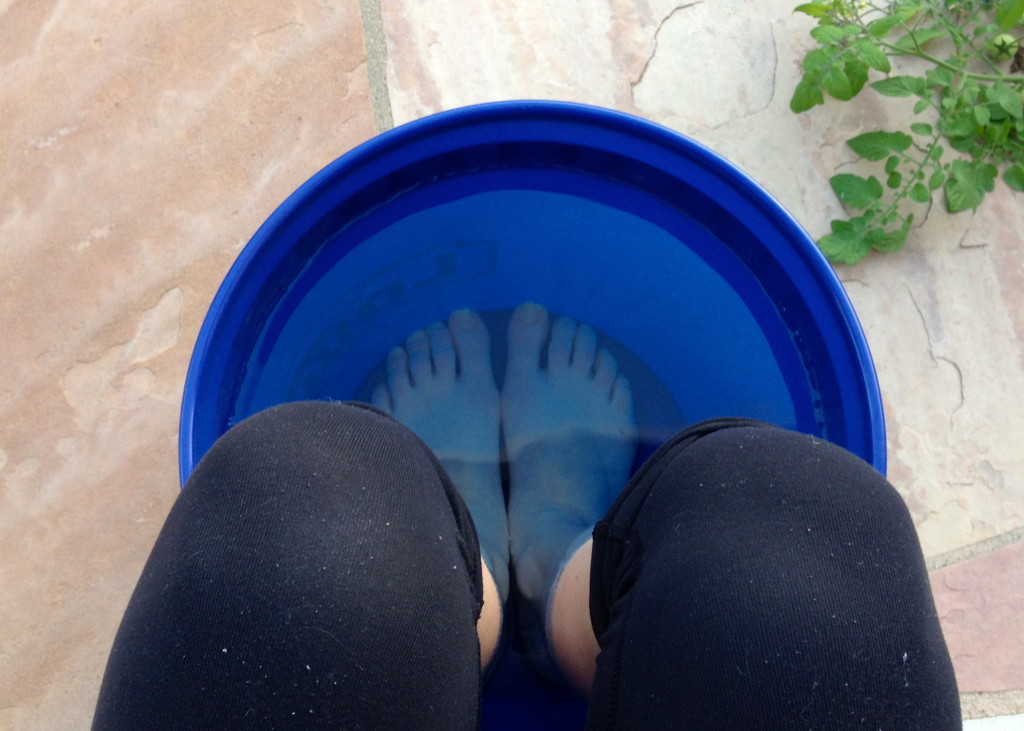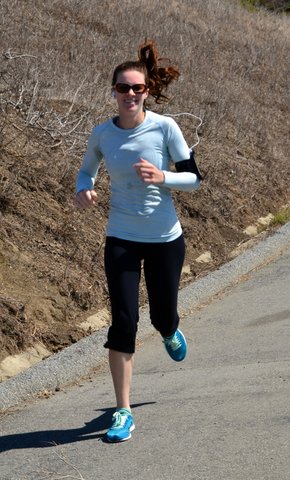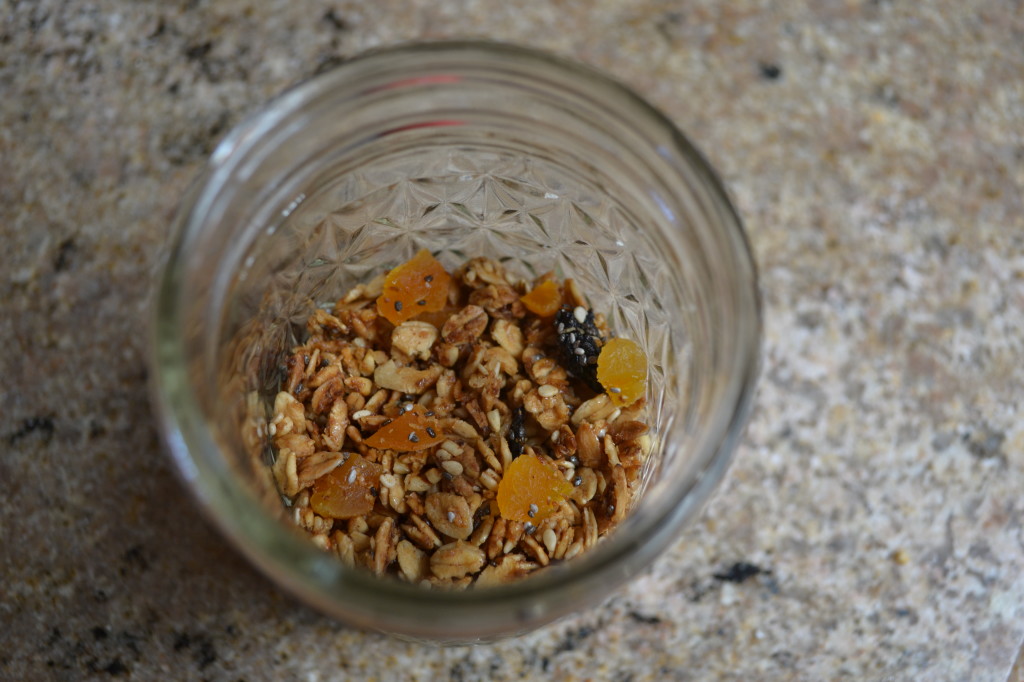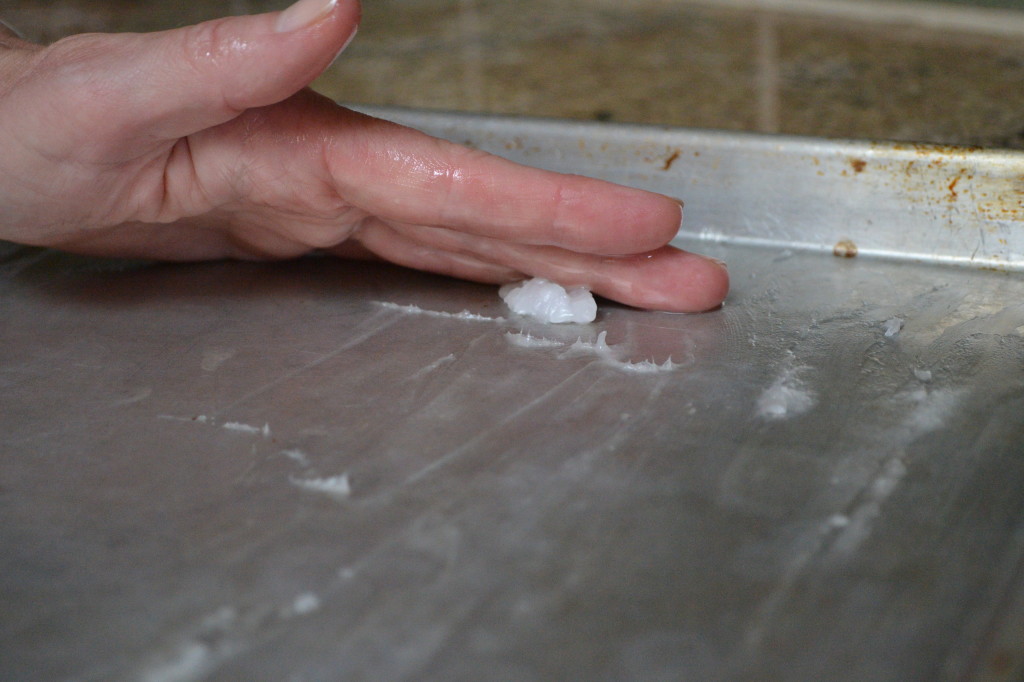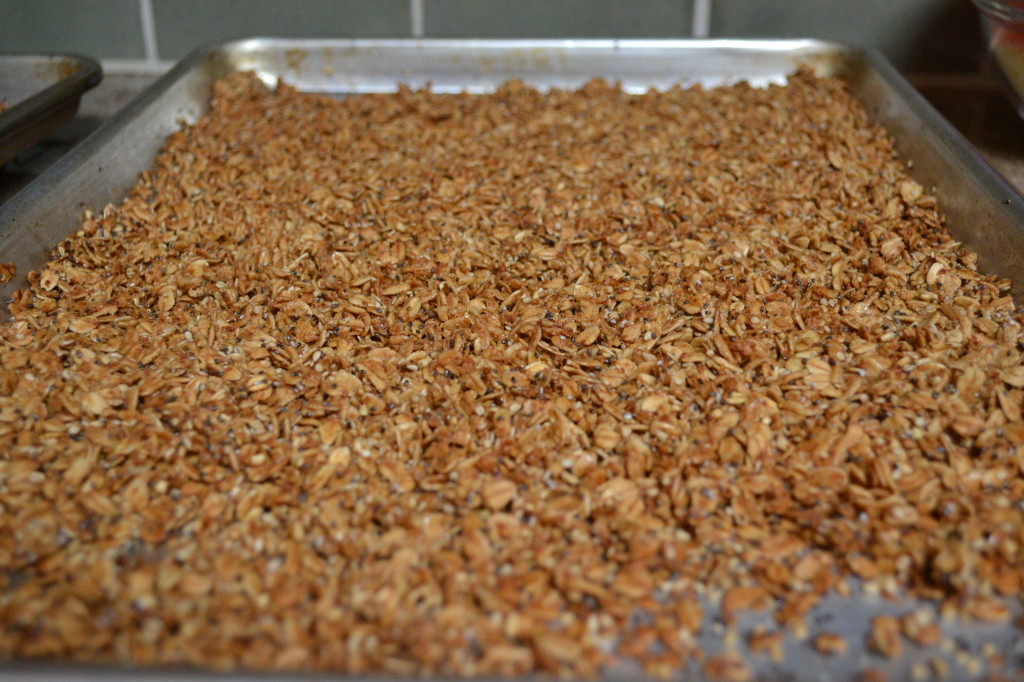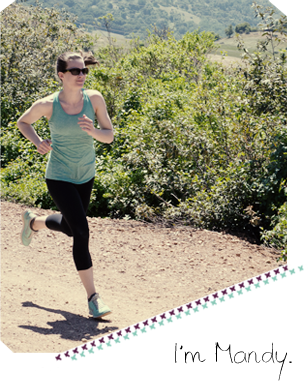At least three days a week I pack up a change of clothes to be ready to go at any moment like superman (only I don’t know where he kept his 2nd outfit…). It is now to the point that without my gym bag I feel like 1. I’m missing something, 2. I never have what I need and 3. My purse just doesn’t have enough room.
Between CrossFit, yoga, and running, I need a wide variety of items. When I buy workout clothes, I always make sure I can wear them for two of the three activities at the least, but the goal is always something that can be used for everything, preferably year round. This not only makes packing easier (it means I can decided right before I leave work if I want to run or go to yoga (or both) for instance), but it also saves me space in my bag.
Before when I was able to get dressed at home, I used a small messenger bag for my gym bag. It fit all the accessories (extra hair band, deodorant, etc.) that make the gym more pleasant without taking up too much unnecessary space. But now that I have to bring an entire head-to-toe wardrobe with me, I had to go for a bigger bag. I opted for a backpack because it fits everything in it well, it’s easy to commute with, and it holds up well while being dragged all over the place.
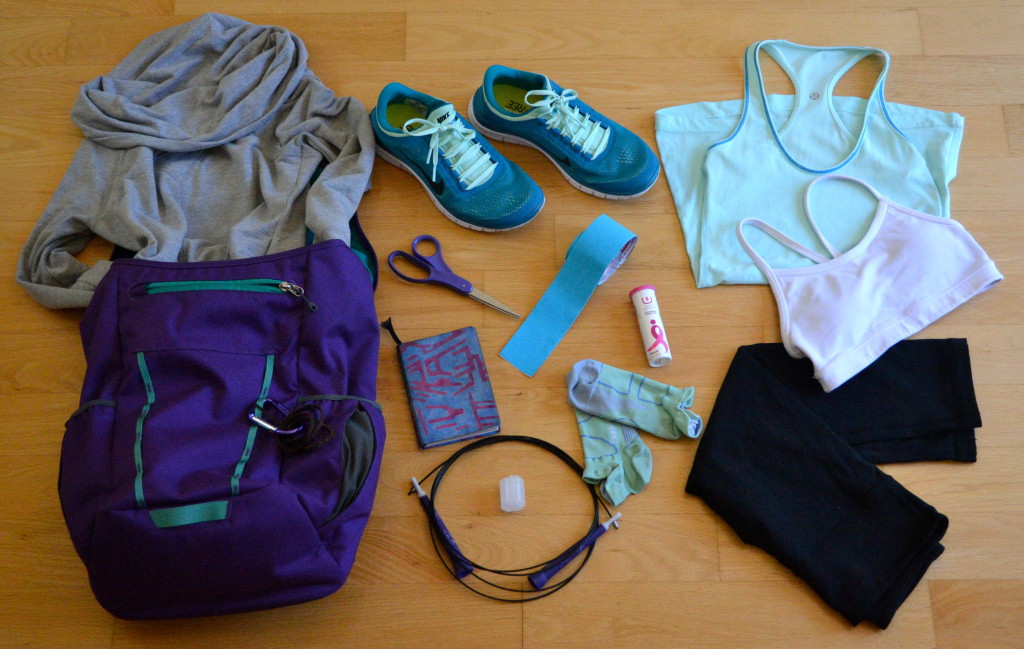
What’s in my gym bag:
1. Extra hair ties: I have thick, wild hair. There is no way I would be able to get through a workout with my hair down, or even with just one hair band. I keep extras clipped to my backpack with a carabiner for easy access and to keep me from losing them.
2. After workout layer: In the summer I bring a light long sleeve or another shirt to change in to so the ride home is more comfortable. Now that it’s fall I’m starting to need something to keep me warm.
3. A pair of shoes that I can run or do CrossFit in. I know, it’s practically a sin to not do CrossFit in anything that doesn’t say Reebok on the side these days, but I would rather have one pair of shoes that will do just about anything. It’s better for my closet (less to try to shove in there), my wallet, and the environment.
4. Scissors and athletic tape: I currently use stretchy athletic tape to support my wrists (but I’m working on getting some wrist wraps) and to keep my hands from tearing when I do a lot of bar work or pull ups. I hate having to ask for scissors or try to bite my way through the tape, so I keep them in the bag at all times now.
5. My workout journal: I track all of my CrossFit workouts on paper and my runs electronically with Nike+. I not only write down what I did that day, but I also keep track of my PRs and the weights I have been using in the back of my notebook so I can quickly calculate what weight I should be using in any workout.
6. Nuun hydration tablets: I don’t frequently use them, but in the height of summer when I was sweating what felt like swimming pools, I made sure to get in some extra electrolytes when I was done. These are also what I’ve been using now that I’m getting into high mileage runs for my half marathon training.
7. Quick dry, wicking running socks: I wear these whether I’m running or at CrossFit to prevent blisters and avoid turning my shoes into a swampy mess.
8. Speed rope: double unders were impossible before I bought my own speed rope and adjusted it to my height. At my previous gym they didn’t have any speed ropes, but even at gyms that do have them, I like not having to fight with everyone else my size for a rope.
9. Deodorant: I use a crystal deodorant, not an antiperspirant, before and after every workout (and daily). Because of the recent concerns about breast cancer being linked to the aluminum in antiperspirant and the fact that your body gets rid of toxins and waste through sweat, I no longer wear antiperspirant. I haven’t worn it for years, and it’s been great. The crystal deodorant has by far been the best option for me and not only does it keep me from smelling, but it lasts forever (not really, but I bought a stick 2 years that is 5 times the size of the one in the picture, and it’s still 95 percent unused after two years of daily use) and doesn’t stain my clothes.
10. Clothes: I wear crops most of the year for many reasons, but the main ones are that I get cold easily, squatting in short shorts makes me highly uncomfortable (I’ve seen many shorts malfunctions that lead to accidental (I hope) flashings), and they are great for running, yoga, and CrossFit. I wear crops with tanks in the summer and long sleeves (and sometimes a jacket too) in the winter. I also wear sports bras with all of my shirts instead of buying tanks with them built in because I can mix and match colors and I don’t need to buy them extra to wear in the winter with long sleeves.
What is a must have in your bag?
